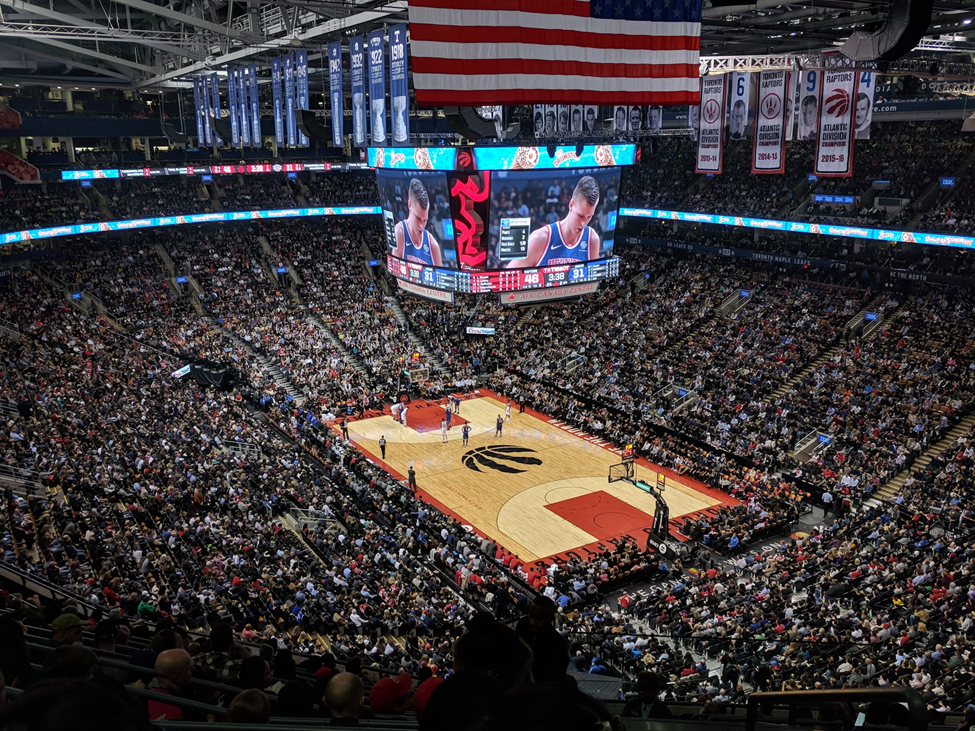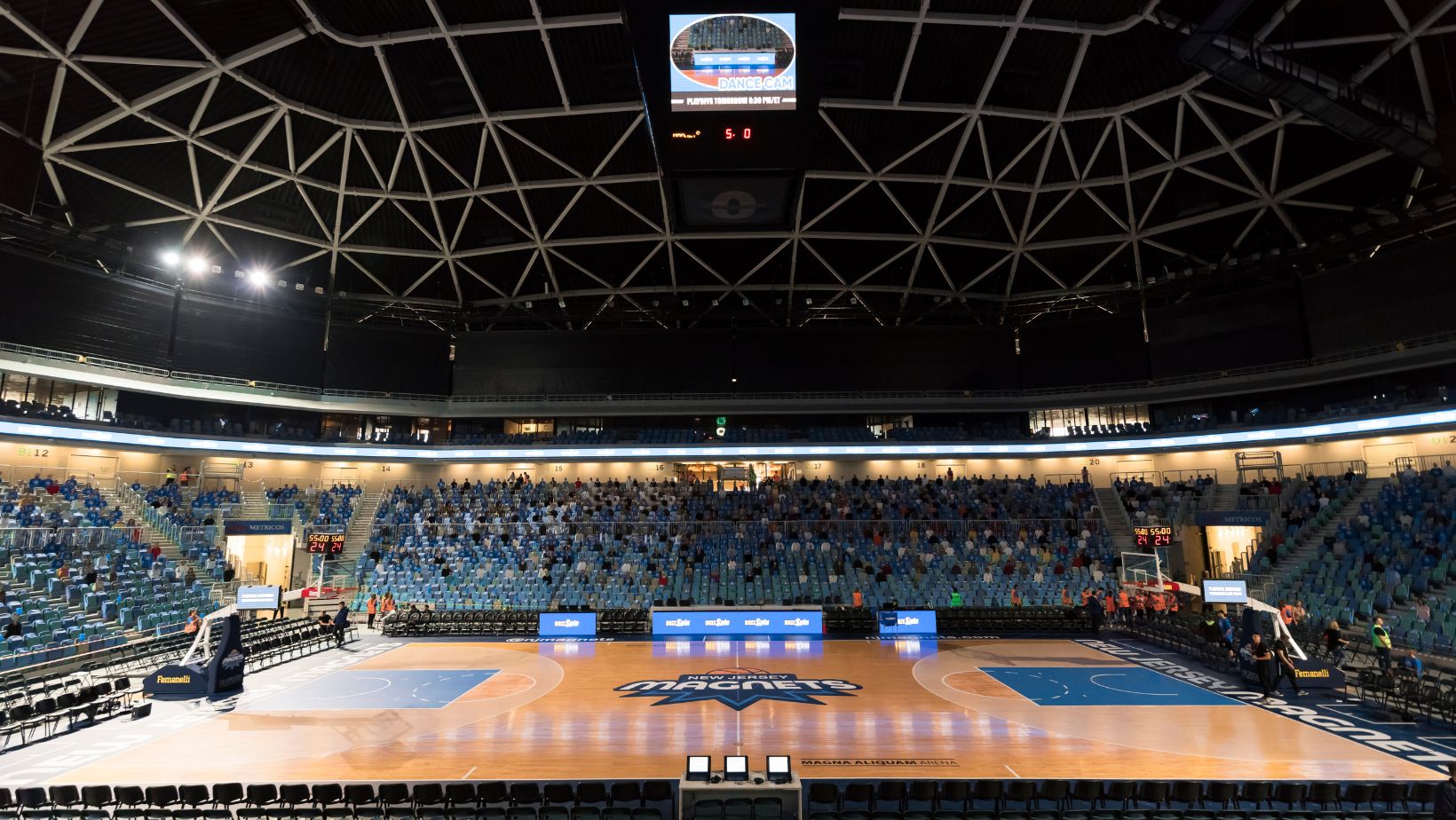NBA’s Mid-Season Tournament Shakes Up a Close Playoff Battle

The NBA’s In-Season Tournament has sparked both excitement and controversy recently. While designed to inject additional competition and viewer engagement during the regular season, its aftermath has presented unforeseen challenges for participating teams. Its implications extend far beyond a simple addition to the NBA calendar, affecting team strategies, playoff races, and even the betting odds that many fans follow closely.
These concerns are particularly evident in the Los Angeles Lakers. Although still fresh off their tournament victory, they faced an unexpected downturn in their performance, highlighting a critical oversight in the tournament’s structure. Despite the celebratory atmosphere following their win, the team’s subsequent 3-10 record speaks volumes about the physical and strategic toll the tournament exerted.
This scenario underscores a broader issue: the balance between league innovation and its practical implications for team performance and playoff positioning. Let’s discuss it here.
The Aftermath of Victory
The Lakers’ journey post-tournament victory serves as a good example of the challenges of adapting to new NBA formats. The additional exertion required to clinch the tournament title has had a tangible impact on their subsequent games, with a noticeable decline in their performance.
This situation is exacerbated by the fact that the Lakers will end the season having played an extra game, a quirk that complicates their playoff-seeding prospects. The discrepancy in games played introduces a new layer of complexity in playoff qualification, highlighting the need to reevaluate tournament logistics and its integration into the regular season.
Moreover, the Lakers’ situation sheds light on an overlooked aspect of competitive fairness in the tournament’s design. While their extra game does not count towards their win tally, the fatigue and potential injuries from that additional contest have real consequences on their season.
This raises questions about the equity of the tournament’s structure, particularly for teams that go deep into its stages only to find themselves at a potential disadvantage in the race for playoff positions. It prompts a deeper reflection on how the league can better balance the desire for innovation with the need to maintain a level playing field throughout the grueling NBA season.
Scheduling Challenges and Playoff Implications
The NBA’s inaugural In-Season Tournament has introduced a new variable into the complex equation of playoff seeding and team strategy. With the uneven playing field created by the tournament’s scheduling quirks, teams are navigating a labyrinth of strategic adjustments.
This is where NBA Game Odds come into play. They offer fans and analysts a lens through which to gauge the impact of these adjustments on teams’ playoff chances. As teams like the Lakers and Kings jockey for position, the fluctuating odds reflect the volatile nature of their playoff prospects, influenced heavily by the tournament’s aftermath and the injuries that have sidelined key players.
The Strategic Implications for Teams
Teams across the league are now forced to recalibrate their strategies in light of the tournament’s outcomes. For teams like the Lakers, every game becomes critical as they aim to secure a favorable playoff spot, making strategic rest and player management paramount.
The head-to-head tiebreaker and the peculiar situation of uneven games introduce additional strategic considerations, compelling teams to navigate the season’s remainder with a keen eye on potential playoff matchups and seeding advantages.
This recalibration also underscores the importance of tactical foresight throughout the season. Coaches and management must weigh the benefits of aggressive play and secure early advantages against the potential long-term costs of player fatigue and injuries.
The unique structure of this year’s tournament, coupled with its direct consequences on regular season standings, presents an unusual challenge. Teams might find themselves in strategic dilemmas, choosing between pushing for immediate gains in the tournament or conserving energy and focus for the season’s latter stages.
This balance between short-term achievements and long-term goals becomes a critical aspect of team strategy, influencing decisions on player rotations, game plans, and even the psychological preparation of teams as they juggle the demands of a more complex competitive environment.
Feedback and Future Prospects of the Tournament
The NBA’s mixed reception to the In-Season Tournament hasn’t gone unnoticed, prompting a reevaluation of its structure and scheduling implications. The league’s willingness to adapt and modify the tournament format in response to feedback proves its commitment to improving the competitive balance and fairness of the regular season.
As the NBA looks forward to the next iteration of the tournament, it stands at a crossroads. It will balance the desire for innovation with the practical realities of team schedules, playoff races, and the integrity of the season.
Final Thoughts
While this article has delved into several critical aspects of the NBA’s In-Season Tournament and its impact, the discussion is far from over. The league’s efforts to fine-tune the tournament’s format and address the concerns raised by teams and fans alike are ongoing. Stay tuned to the latest NBA news for the most current information and updates.
-
Personal Finance1 year ago
How Do I Find My UCAS ID Number?
-
Success6 years ago
Consistency: The Key Ingredient to Success
-
Personal Finance1 year ago
What Does Conditionally Approved Mean For An Apartment?
-
Motivation3 years ago
How To Become a More Organized Person?
-
Others5 years ago
Work Health and Safety: 8 Reasons to Maintain a Clutter-free Office
-
Entrepreneurs4 years ago
Why Diversity is Key in Business Marketing
-
HK Pools1 year ago
The HK Pools Forum Comunity Jos Markotop 2D Warna Kuning – A Great Way to Stay Connected
-
Sport2 years ago
What Makes Soccer Betting So Great?





























